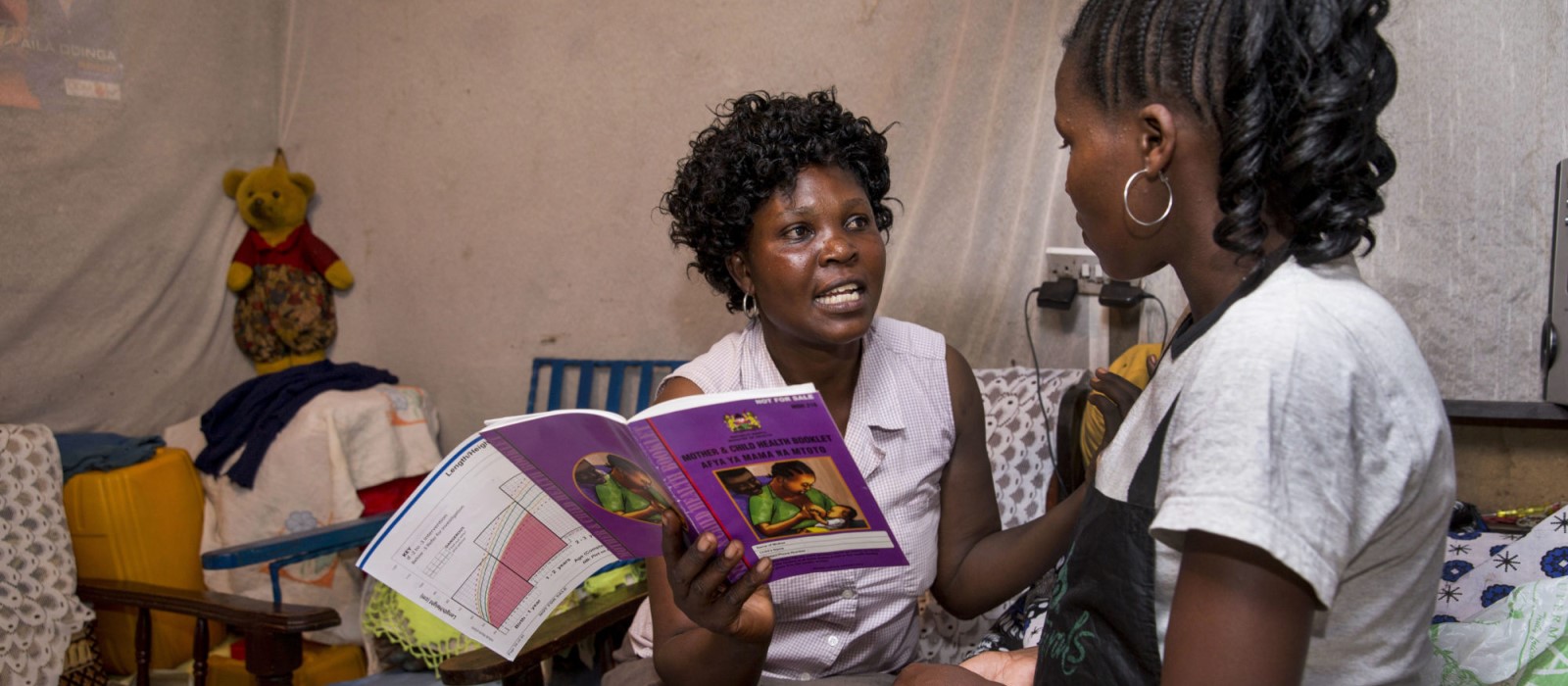Pre-commitment Devices and Delivery Facility Choice

Jonathan Torgovnik/Getty Images via Images of Empowerment
Policy Context
Complications in the period around childbirth take the lives of 1.25 million mothers and babies each year in sub-Saharan Africa. Kenya continues to have one of the highest maternal mortality burdens in the world, with some estimates suggesting that the maternal mortality ratio has increased since 2008, from 414 to nearly 500 maternal deaths per 100,000 live births (UNDP 2015).
In peri-urban Nairobi, only about one-third of maternity facilities are deemed “appropriate,” in that they can perform at least five out of the six signal functions for basic emergency obstetric care (Ziraba et al. 2009, Fotso and Mukiira 2012). Even where high quality delivery facilities are present, women and their partners face information barriers and behavioral barriers to delivering in facilities that offer appropriate care.
Research Design
This study conducts a randomized evaluation with pregnant women in informal settlements of Nairobi, Kenya, where maternal and neonatal mortality rates remain high despite nearly universal delivery in facilities. Researchers analyze whether cash transfers, coupled with behavioral “nudges,” lead women to deliver in higher-quality facilities that are consistent with their preferences. The first intervention tested was a labeled cash transfer (LCT), which explained that the cash was to help women deliver where they want. The second combined an LCT with a commitment by the recipient to deliver in a pre-specified desired facility as a condition of receiving the final payment (L-CCT).
Results and Policy Lessons
While the LCT had fewer measured benefits, results found the L-CCT leading to improved quality of interpersonal care, but not technical care, according to the patients. In addition, the L-CCT led to more women delivering in facilities meeting standards for newborn care but not obstetric care. However, many women still used poor-quality facilities. A larger study is necessary to test whether the L-CCT can improve maternal and newborn outcomes.

